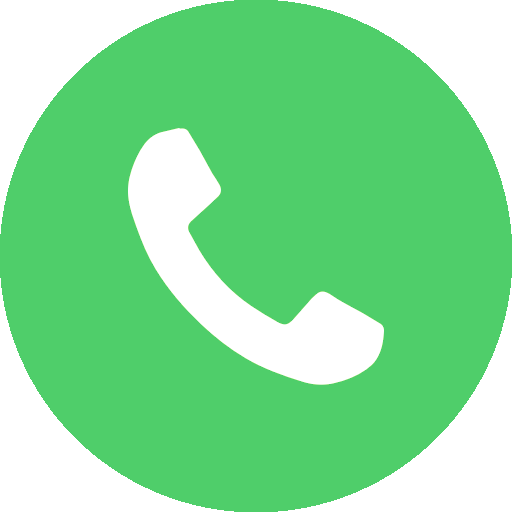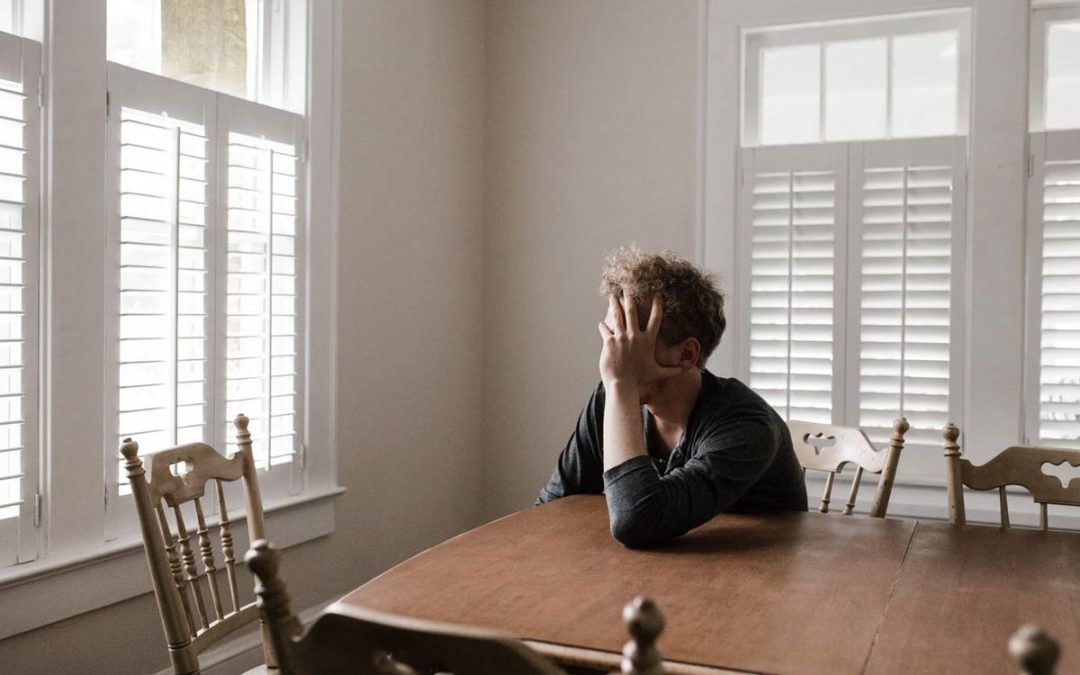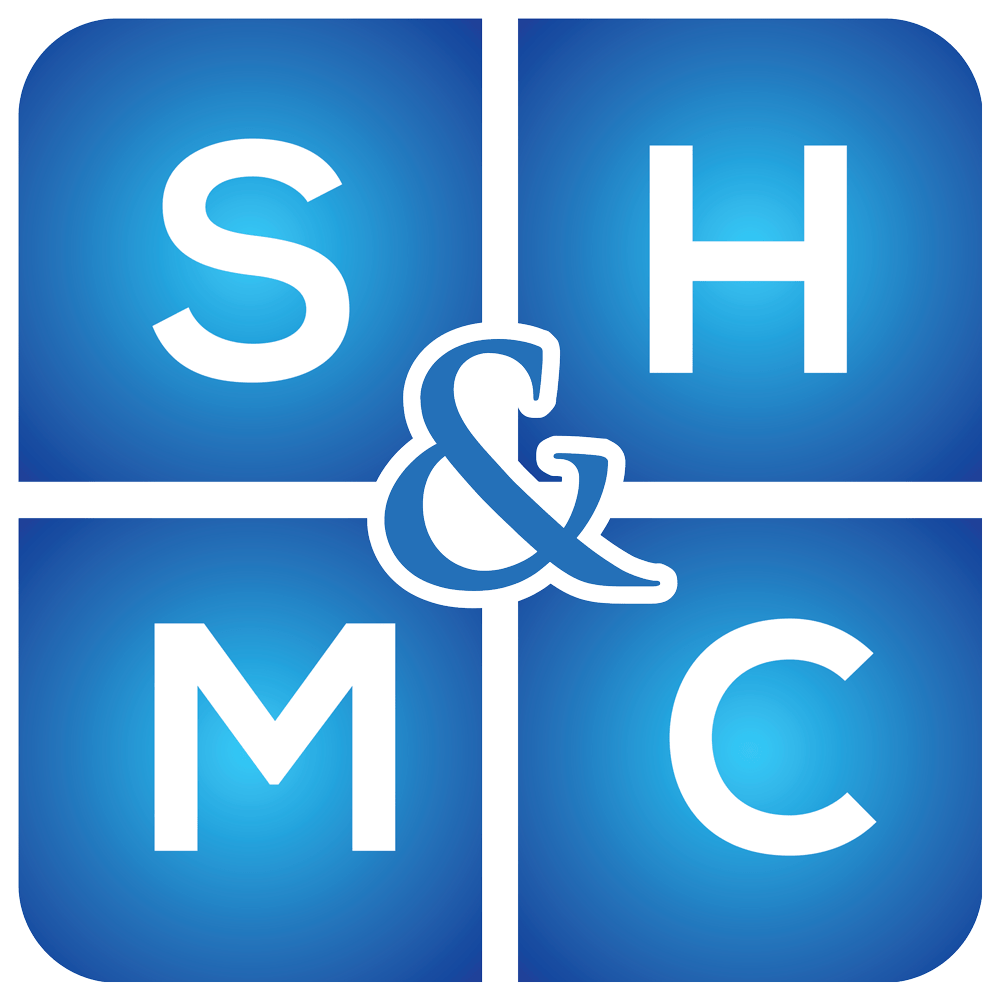What is Cluster Headache?
The topic for today is a fairly large one; we are going to talk through the third group of Headaches, collectively called the Trigeminal Autonomic Cephalalgia’s or TACs for short. They are considered the most debilitating and severe migraines that one can experience.
Within this third group, we have 4 main primary headache disorders, and you may have heard of these in the past. They include most commonly Cluster Headache, Paroxysmal Hemicrania, Short-lasting Unilateral Neuralgiform Headache with Conjunctival Tearing or SUNCT for short, and lastly Hemicrania Continua. Do you know whether you suffer from these Headaches? These headache types all present very similarly with only little differentiating factors that separate them, so hopefully today’s talk will make it a little bit clearer as to whether you may be a sufferer. Today, we’re going to talk about Cluster Headaches.
According to the Headache International Society, Cluster headaches are a rare type of headache. It affects around 0.1% of the population, and affects males 5-6 times more often than females.
Although cluster headaches are uncommon, they are regarded as excruciating, and the absolute worst form of headache you can experience. Because of this, they are sometimes referred to as the ‘Suicide Headache’. The pain experienced is of a severe to extreme nature, and has been reported by female sufferers to be worse than the pain of childbirth. Attacks occur in clusters. The duration of attacks is from 15-180 minutes and may occur anywhere from 8 times per day to once every second day. The ‘cluster’ can last for weeks or months, followed by weeks or months of remission (headache free periods). It affects one side of the head with pain most commonly around, behind, or above the eye and/or the temporal region. Associated symptoms can include red and watery eye, runny or congested nose and swelling and drooping of the eyelid. Patients may also experience sweating of the forehead and face on the side of their symptoms during an attack.
What is the cause of Cluster Headache?
As with many forms of headache, the cause of cluster headache was previously unknown. Medical professionals have been prescribing medications such as Triptans, which have been effective at relieving the pain, if taken early enough to ‘catch’ the headache. The effect of Triptans, as most doctors originally thought, was that it predominantly works by helping prevent dilatation of the blood vessels in the head to stop migraines. However, recent studies have shown that dilatation and expansion of the blood vessels are no different to those suffering from a migraine and those who were not1. More importantly, the physiology of blood vessels in the head during a cluster headache do not expand, yet patients still benefit from medications such as Triptans. So, what is going on?
Research that has been conducted over the last 15 years has found that the primary contributing factor of Cluster Headaches are related to a disorder originating in the neck, specifically, a fault in the upper cervical spine resulting in a SENSITISED BRAINSTEM which induces Cluster Headaches2. Recent research has discovered that Triptans not only help to reduce dilatation of the blood vessels, but more importantly inhibits information received from cervical afferents i.e. nerve endings in the neck. This, in turn, decreases signals sent to the brainstem, and inhibits pain travelling into the head. This information now indicates cluster headaches and migraines can be a direct result of a sensitised brainstem.
Here at the Brisbane Headache and Migraine Clinic™, we are experts in treating headaches and migraines and Cluster Headaches. A thorough examination of the upper cervical spine is initiated to determine the severity of your SENSITISED BRAINSTEM. If you have been found to have a sensitised brainstem, and that to be the cause of your cluster headaches, treatment can begin.
The best part about the treatment, is that it does not require the use of medication, it does not require any surgery, is non-invasive and is completely safe.
This article will hopefully give you a better idea about Cluster Headaches, read also Cluster Headache – What Is It And Is It Treatable?. Again, if you are a headache sufferer or if this sounds like something that you experience, we can help. So, feel free to leave a comment below or message us directly, or give us a call on 1800 HEADACHE to get started on treating your headaches and migraines!






